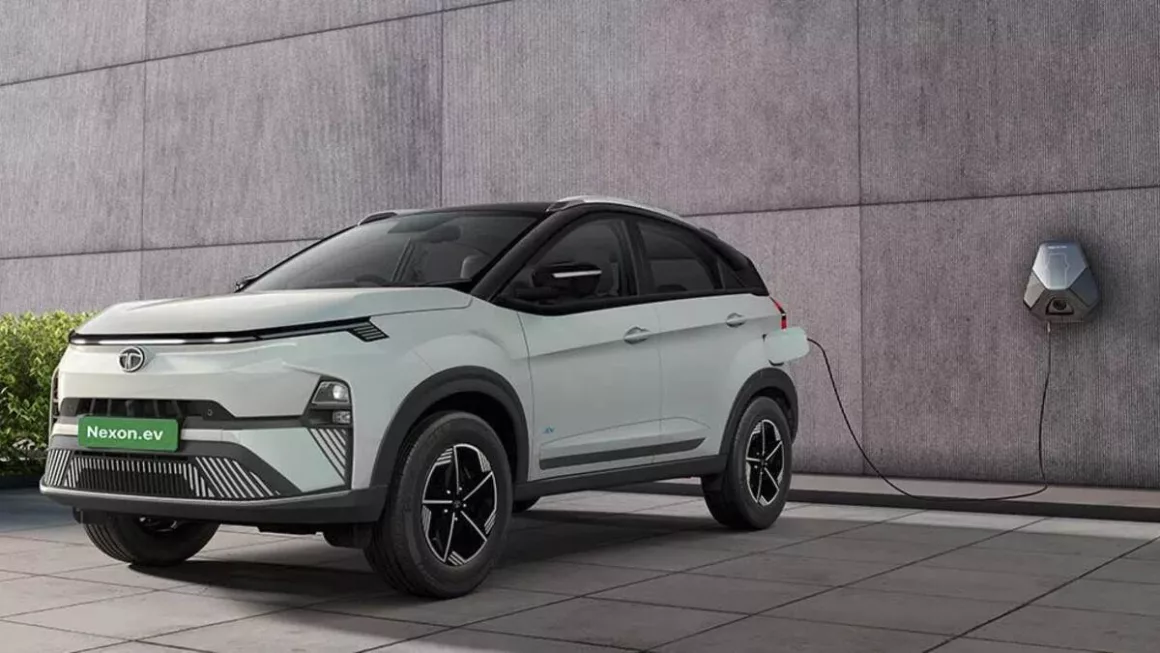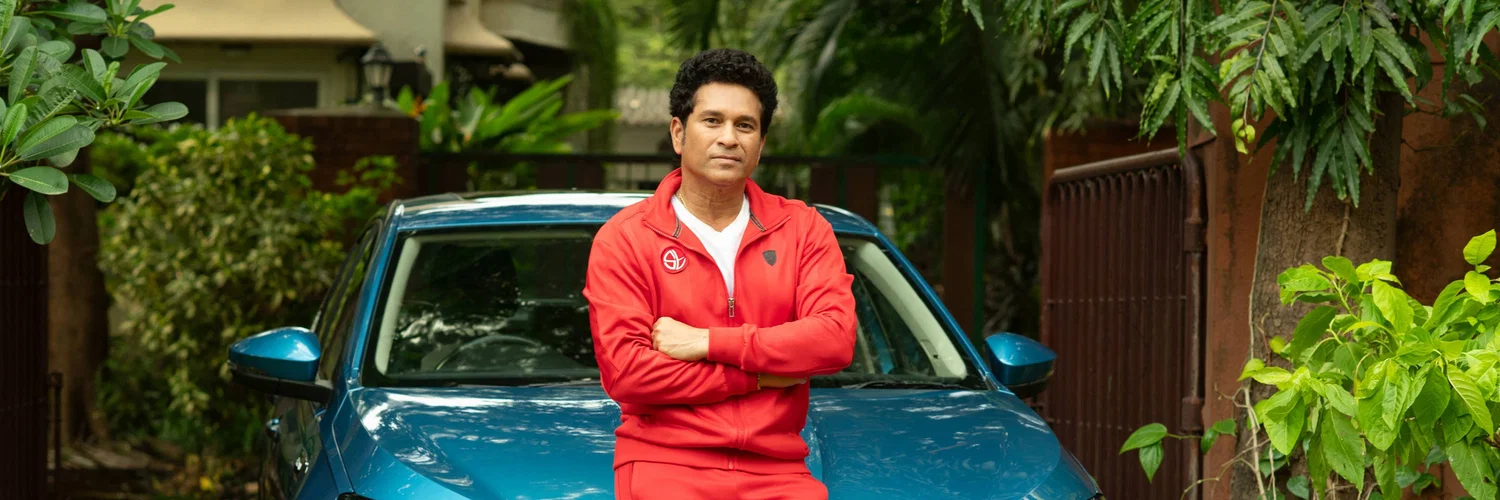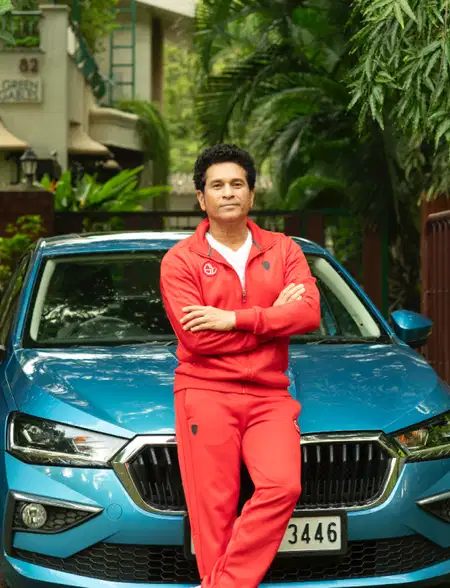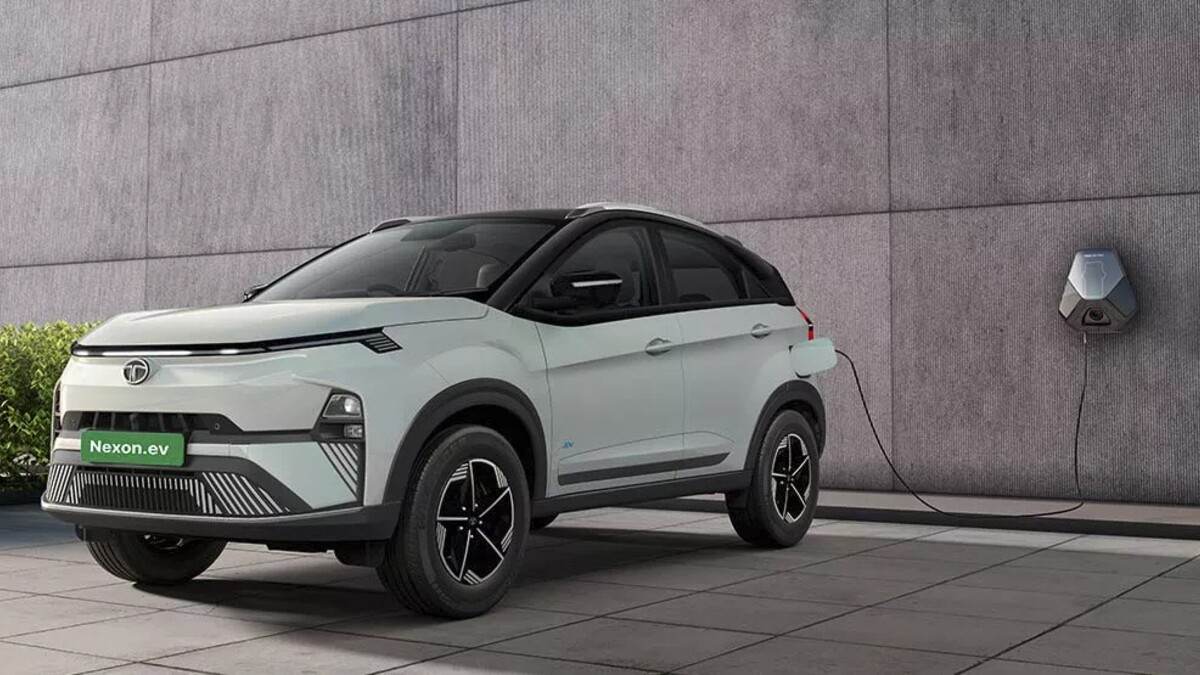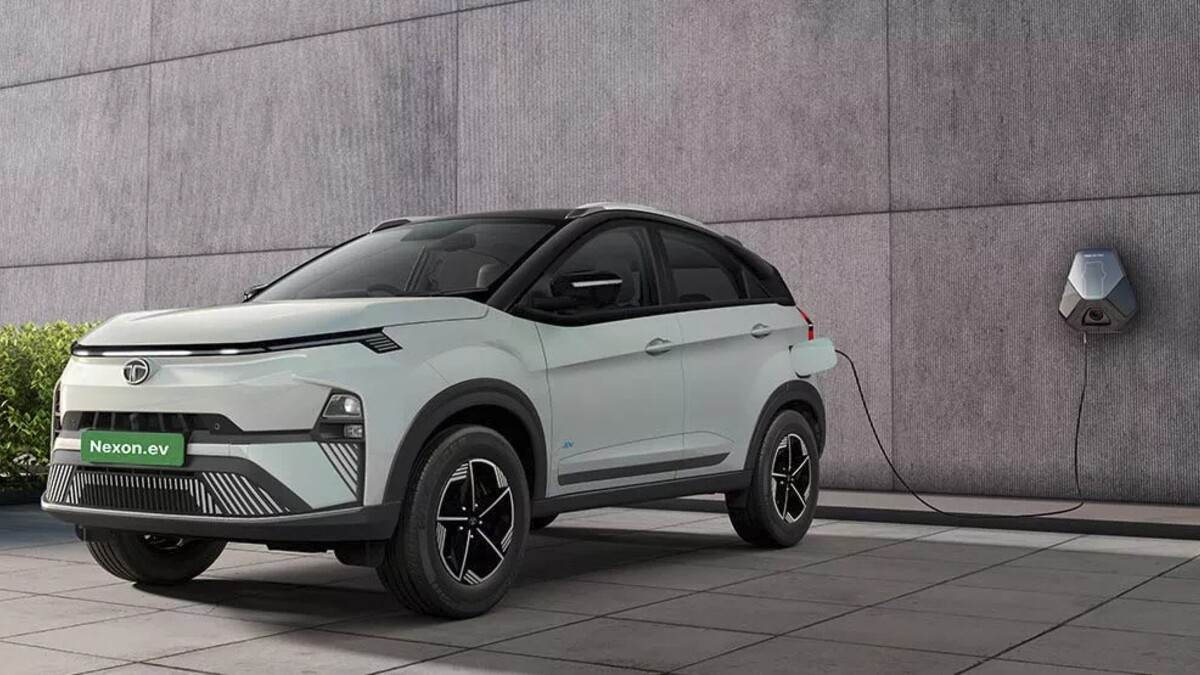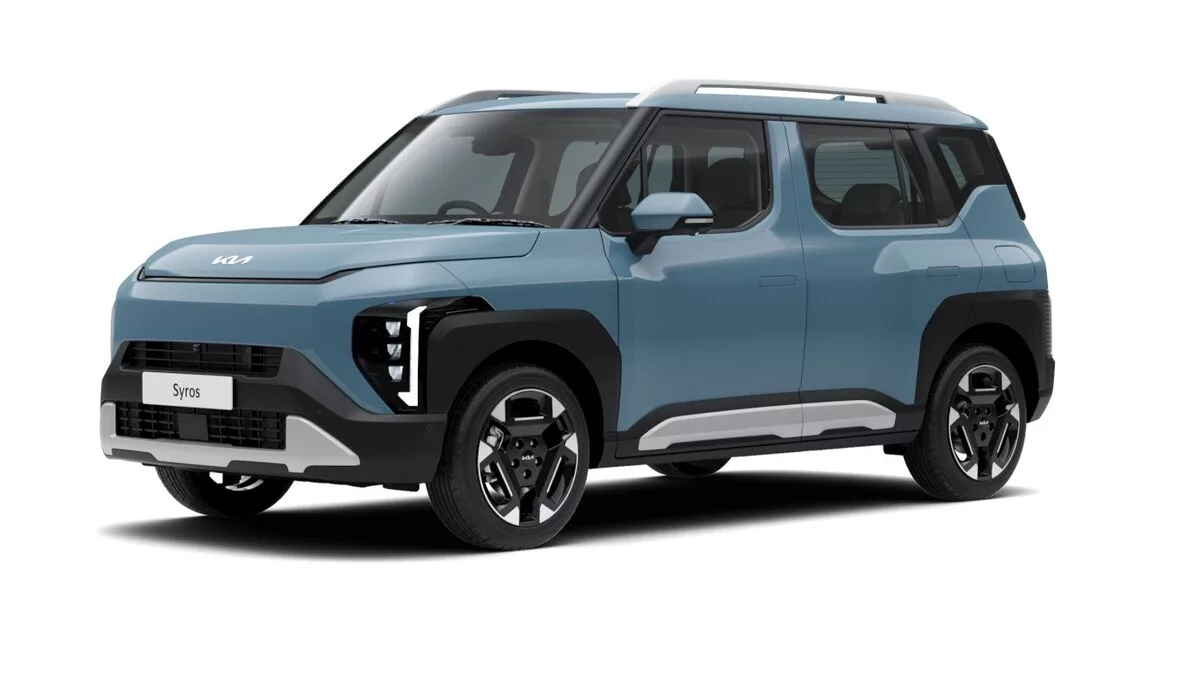We all use battery-powered devices, laptops, mobile phones, torches to name a few. Charging these is pretty simple – just plug them in a power source and wait till they are charged 100 percent. However, the same cannot be done in the case of EVs. Much of an EV’s life depends on how it is charged. Moreover, how you charge your EV depends upon how much time you have and how far you want to drive it. Here are a few ways that will help you properly charge your EV.
Level 1 Charging
Every EV comes with level 1 charging equipment. It is an electric cord of which one end can be plugged into the EV’s charge port and another to a regular 120V household socket. This is the slowest mode of charging and can add 3.5 to 8 km range in each hour of charging, depending on the battery. However, it is important to remember that charging an EV from zero percent is strongly inadvisable as keeping the battery at zero percent charge is highly detrimental in the first place. So, level 1 charging can work fine if you do not drive your EV more than 30 to 40 km frequently.
If you charge at home, you can plug in your EV at the end of the day and juice up its battery overnight. You can do the same during the day if you can find a 120V socket in the parking of your workplace. All the same, you should remember a couple of points. For starters, check with an electrician to know if the socket you are going to use is working properly. Moreover, steer clear of plugging your Level 1 chord through an extension cable. It is because the extra wire added to this circuit adds its resistance which can overheat the circuit.
Level 2 Charging
If level 1 charging does not fulfil your requirements, you can look at the Level 2 charging. The level 2 charging supports up to 240V and charges the EV at more than thrice the speed of the level 1 charging. It adds 30 to 50 km per hour of charging, making the overnight full top-ups a breeze. For level 2 charging you need to install a 220 – 220V outlet set-up at your home and to get this done make sure to contact the dealership you purchased your EV from.
All the same, the level 2 chargers are not limited to home usage. As a matter of fact, it is the 240V charger which is more commonly found in public spaces, workplaces, residential buildings, and shopping malls. These are the areas where people spend a few hours and you can add substantial range to your EV while you are having dinner or watching a movie with a friend or significant other.
Level 3 Charging or DC Fast Charging
As the name suggests, a DC fast charger charges an EV significantly quicker than level 1 and level 2 charging. The DC fast chargers are only available on some special charging stations and are highly useful on long trips. It is because on long trips you want to quickly add a lot of kilometres to your EV’s range. For such a rapid rate of charging, the DC chargers are manufactured differently as compared to level 1 and level 2 chargers and have some extra pins on the vehicle side end of the cord to accumulate the higher voltage. In the case of DC fast charging the voltages are up to 480V and the charging rate ranges from 50 to 350 kWh.
For the DC fast charging, the charging capacity of the EV matters a lot. For example, an EV which can accept a maximum of 50-kW will charge at that rate only even if it is plugged into a 350-kW charging station. Moreover, in fast charging the EV charges quickly only till 80 to 90 percent and after that the rate of charging drops. This is done to protect the battery from getting damaged by overheating and it is never advisable to charge your EV to 100 percent. A good analogy to this is pouring water into a jar – you pour rapidly at first but you slow down the flow when the water level nears the brim because you do not want water to overflow. This is why when EV makers mention the DC fast charging capacity of their EVs they mention how fast their EVs can be charged to 80 to 90 percent. At the same time, use DC fast charging as sparingly as you can because it does have a detrimental effect on the EV’s battery.
EV Charging Étiquettes
Charging an EV is not a matter of minutes like refuelling an ICE car. Since it takes much more time, we recommend you to familiarise yourself with some simple etiquettes which go a long way in helping you charge your EV in the smoothest and most stress-free way.
Do not block the charging space
Please do not park your car, whether it is an EV or ICE car, in a space designated for EV charging i.e. in front of the charging socket or station in a public area. It is frustrating to find a vehicle parked before an EV charger and not using it.
Do not overstay
Once your EV is charged as much as you want, it is common courtesy to drive your car off the charging bay. As a matter of fact, some charging stations might penalise you if your EV is plugged into the charger even after its battery is juiced up 100 percent.
We do not suggest that you rush off your EV immediately after it is charged to the desired capacity, but please be mindful of others. You can easily do it if you learn how long your EV takes to charge and intermittently check the charging status as you enjoy your free time. It is also important to check if your EV is correctly plugged in and charging properly before walking away because the fit between the plug and socket can loosen within a minute or two after you plug in the EV.
Communicate with fellow EV drivers
A little communication and an exchange of smiles make for a healthy atmosphere whether you are at an EV charging station or any other public place. Specifically in the case of EV charging stations, if you find the EVs in helter-skelter, communicate with fellow drivers to know who is next and how long they intend to charge their EVs. Whereas, if the EVs are in a queue, avoid jumping the queue.
Look after the charger
Once you are done charging your EV, place the connector back to its port. Leaving the connector dangling or dropping it not only damages it and raises safety issues, but also creates problems for the next driver who intends to charge his EV.
Keep patience and do not be rude
Even the fastest EV charging requires an EV owner to wait for some time. Do not fly into a fit of rage if you need to wait longer than you expected or if you see someone else behaving foolishly at a charging station. EVs are still pretty new to Indians and it will take some time before people become habitual of charging their EVs.
Summary
If you are considering an EV as your next car the first question you should ask yourself is how EVs are used. As compared to refuelling an ICE car, charging an EV is vastly different and needs you to organise your lifestyle in a certain way. To ease things for you, this article explains how you can properly charge your EV. The easiest and slowest way is the level 1 charging which you can do with the regular 120V socket at your home. A faster way is level 2 charging for which you need to install a 220 to 240V outlet at your home and such outlet is also found in public places such as residential buildings, shopping malls, workplaces, and others. The fastest way is the level 3 or DC fast charging which should only be utilised when you plan to take your EV to long distances. Meanwhile, this article also advises you on some EV charging etiquette so that you can charge your EV as smoothly as possible.
